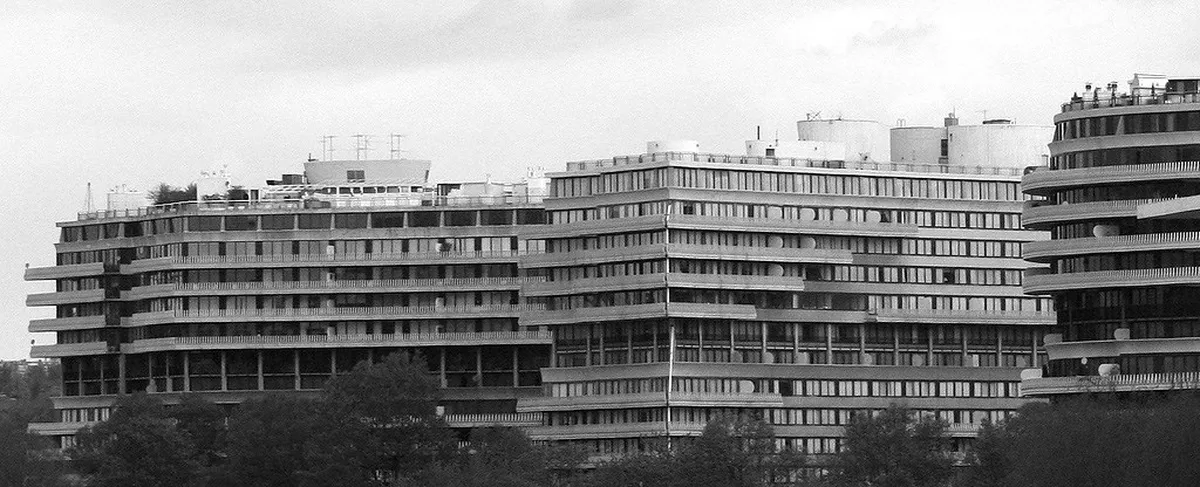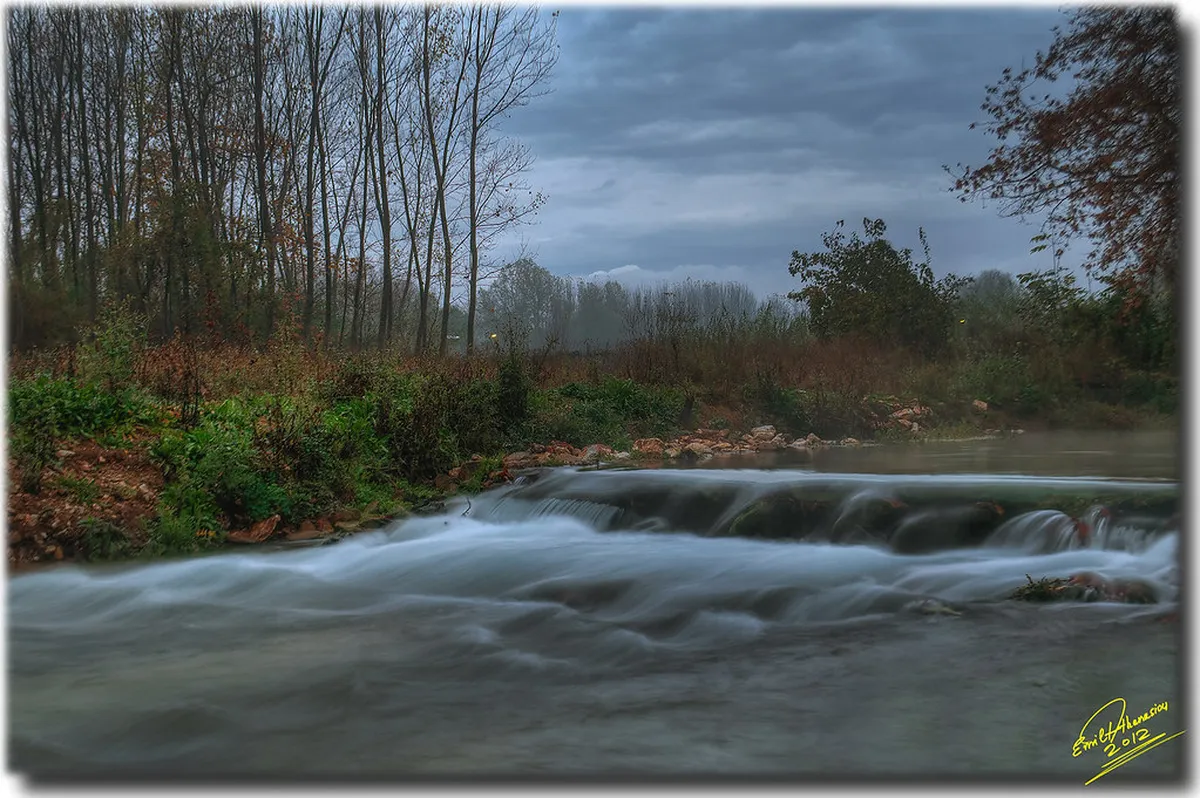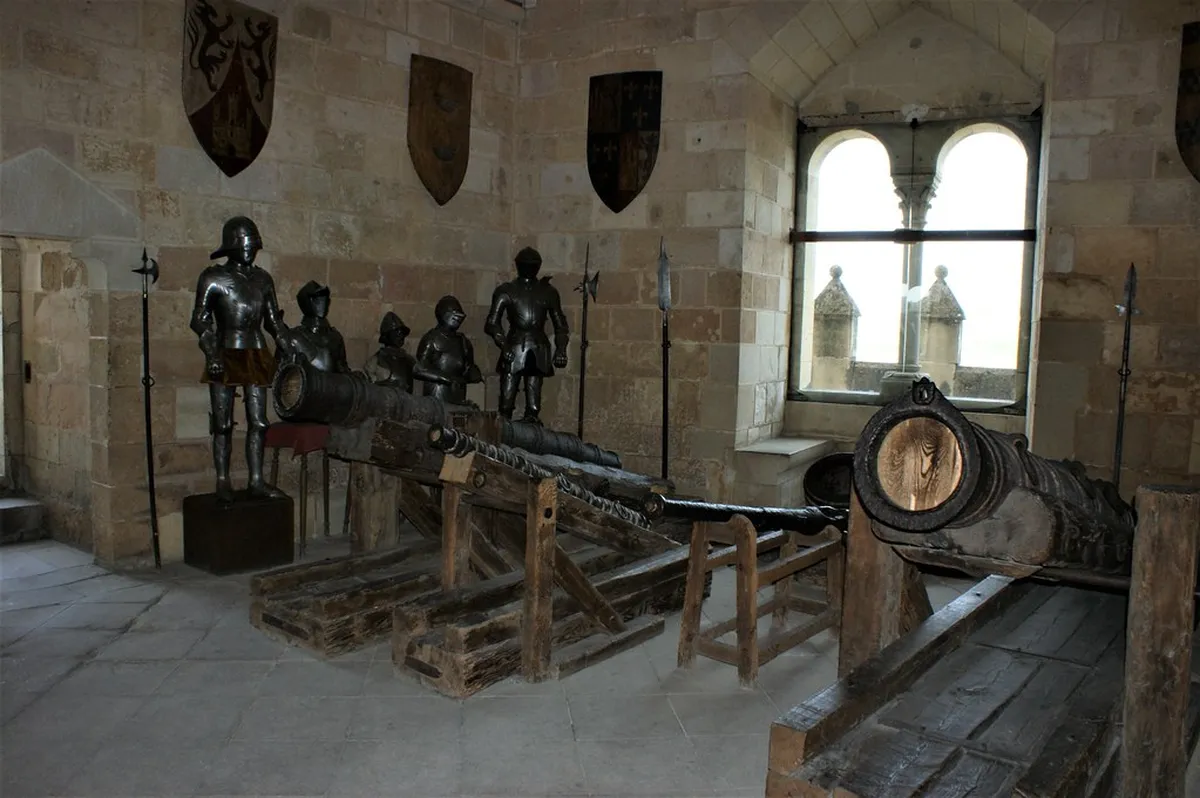Explore the Fascinating Avignon Bridge History Facts
The Pont Saint-Bénézet, or Avignon Bridge, holds centuries of compelling stories. Its fascinating Avignon bridge history facts draw visitors worldwide. This iconic structure once spanned the mighty Rhone River. Today, only four arches remain, standing as a testament to its past.
You can walk upon this historic landmark and imagine its former glory. Discover medieval legends and engineering marvels. This guide shares all you need to know for your 2025 visit. Explore the rich history of Avignon's top attractions.
The Legend of Saint Bénézet and the Bridge's Origins
Plan this trip faster with our free online itinerary maker. Get a personalized day-by-day plan in minutes.
The story of the Avignon Bridge begins with a young shepherd named Bénézet. He claimed divine inspiration to build a bridge. This happened in the 12th century, around 1177. Local authorities initially dismissed his vision.
However, Bénézet performed a miracle by lifting a huge stone. This convinced the city's leaders of his sacred mission. The Pont Saint-Bénézet was thus named after him. He even supervised much of its initial construction.
Building the bridge was a monumental task for its time. It required significant funds and manpower. Bénézet dedicated his life to this ambitious project. He is now considered a patron saint of bridge builders. Learn more about planning your Avignon itinerary.
Construction and Medieval Significance of Pont Saint-Bénézet
The original Avignon Bridge was a marvel of medieval engineering. It featured an impressive 22 arches. This allowed it to stretch over the wide Rhone River. The bridge connected Avignon to Villeneuve-lès-Avignon. It was completed in 1185.
This structure quickly became a vital trade route. Merchants used it to cross the river easily. It also held strategic military importance. The bridge was key for controlling river traffic.
A small chapel dedicated to Saint Nicholas stood on one of its arches. This chapel housed the relics of Saint Bénézet. Visitors often came to pay their respects. Discover other Avignon highlights for first-timers during your trip.
The bridge charged a toll for passage, generating revenue. This revenue supported its maintenance and repairs. Its robust construction was essential against the river's strong currents. The Pont Saint-Bénézet symbolized Avignon's growing power.
The Popes and the Bridge's Golden Age
Avignon became the seat of the papacy in the 14th century. This period, known as the Avignon Papacy, lasted from 1309 to 1376. The popes residing in the Palais des Papes used the bridge regularly. It served as a critical link between their palace and their lands on the other side.
The bridge also featured in many papal ceremonies. Processions would cross its arches. It linked the sacred city with the outside world. This connection brought immense prestige to the bridge.
This era marked a golden age for Avignon. The city thrived under papal rule. The Pont Saint-Bénézet was central to this prosperity. It was more than just a crossing; it was a symbol. Consider a walking tour of Avignon to see these historical sites.
Decline and Gradual Destruction of the Avignon Bridge
The Rhone River is notoriously powerful and prone to flooding. Its strong currents frequently damaged the bridge. Repairing the structure became a constant, costly challenge. Floods eroded its foundations and arches over centuries.
Sections of the bridge repeatedly collapsed. They were then rebuilt, only to be swept away again. Maintenance became unsustainable by the 17th century. The final decisive flood occurred in 1668.
This massive flood carried away several arches. The bridge was finally abandoned as a functional crossing. Only four arches and the Saint Nicholas Chapel remained. These fragments stand as a reminder of its resilience. Learn the best time to visit Avignon for clear river views.
Visiting the Avignon Bridge in 2025: Practical Information
Today, visitors can walk the remaining section of the Pont Saint-Bénézet. It offers breathtaking views of the Rhone River. You can also see the imposing Palais des Papes. The entrance fee is usually around 5 Euros for adults.
Opening Hours:
- January 1 to March 3: 10:00 AM – 5:00 PM
- March 4 to November 3: 9:00 AM – 7:00 PM
- November 4 to December 31: 10:00 AM – 5:00 PM
Always check the official website for current 2025 times and prices. Combination tickets with the Palais des Papes are often available. This offers savings if you plan to visit both major sites.
Access is easy from Avignon's city center. The bridge is a short walk from the main square. Wear comfortable shoes for walking on the ancient stones. It's a key part of Avignon's heritage. Get more essential Avignon travel tips for your trip.
Frequently Asked Questions
What is the famous song about the Avignon Bridge?
The famous children's song is called "Sur le Pont d'Avignon." This translates to "On the Bridge of Avignon." It describes people dancing "sur le pont" (on the bridge). However, historical evidence suggests people danced "sous le pont" (under the bridge).
The actual dancing likely happened on the island below the bridge. This island was known as Île de la Barthelasse. It was a popular spot for festivals and gatherings. The song's popularity has endured for generations.
It helped solidify the bridge's place in popular culture. Children worldwide still sing this catchy tune. Discover more about reaching Avignon to hear this song in its homeland.
How many arches did the Avignon Bridge originally have?
The Pont Saint-Bénézet originally boasted 22 arches. This impressive span crossed the entire width of the Rhone River. It was a remarkable feat of medieval engineering. These arches supported the bridge for centuries.
Over time, the powerful Rhone River eroded many arches. Flooding events caused significant damage repeatedly. Only four arches remain standing today. They are a visible testament to the bridge's past grandeur. Plan your stay in Avignon to visit this historic site.
Can you walk across the entire Avignon Bridge today?
No, you cannot walk across the entire Avignon Bridge today. Only the first four arches remain. These arches extend a short distance from the Avignon bank. The rest of the bridge was destroyed by floods centuries ago.
Visitors can access this remaining section. You can walk to the chapel of Saint Nicholas on the second arch. This offers excellent views of the Rhone River. Imagine its former glory while standing there. Use Avignon public transport to easily reach the bridge.
The Avignon Bridge offers a compelling journey through time. Its rich Avignon bridge history facts span from legendary origins to papal grandeur. While only a fragment remains in 2025, its stories echo through the ages.
Plan your visit to walk its ancient stones. Experience this iconic symbol of Avignon's enduring spirit. Don't miss this truly unique historical site. Explore more travel guides for France to enhance your journey.
Key Takeaways
- The Pont Saint-Bénézet has 22 original arches, but only four remain.
- It has a legendary origin story involving Saint Bénézet and a miracle.
- The bridge played a vital role during the Avignon Papacy period.
- Constant flooding by the Rhone River led to its eventual ruin.
- Visitors can walk on the remaining section and visit Saint Nicholas Chapel.



